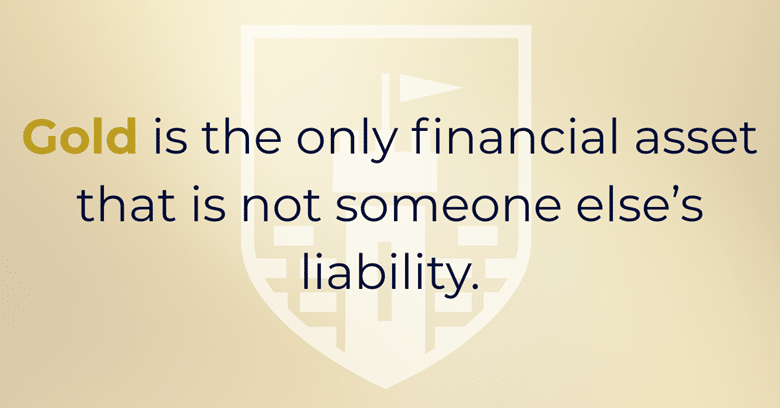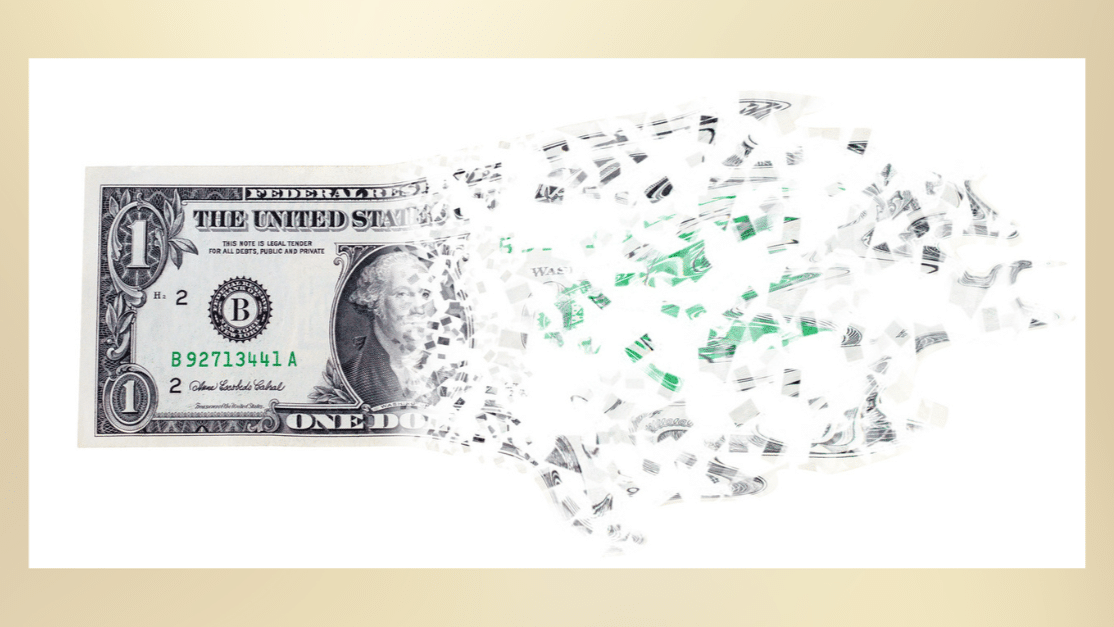The risk no one wants to talk about is the elephant in the room. For decades, U.S. Treasuries have been labeled “risk-free” — the ultimate safe asset for investors worldwide. Pension funds rely on them. Banks hold them as core reserves. Individuals often treat them as the most conservative part of their portfolio.
However, what if the real risk isn’t volatility — but quiet erosion? Moreover, what if the danger is hiding in plain sight, and almost no one wants to talk about it?
The U.S. Debt Spiral Is Accelerating
As of March 2025, the U.S. national debt has reached $36.56 trillion. In fact, the pace of borrowing is staggering, with over $1 trillion in new debt added in two separate 100-day stretches since mid-2024.
Furthermore, the Congressional Budget Office projects a $1.9 trillion deficit for 2025. By 2035, debt held by the public is expected to exceed 118% of GDP — and interest payments are on track to become one of the government’s largest expenses.
Consequently, the math is simple and relentless: more debt → higher interest payments → even more borrowing.
Inflation Is the Quiet Thief
When people hear “default,” they picture missed payments or financial collapse. However, history shows that governments rarely default outright — instead, they default by debasement.
Specifically, they print. They inflate. They quietly pay you back in dollars that buy less.
As a result, long-term bondholders suffer most. Their “safe” assets deliver negative real returns, steadily eroding purchasing power. The check clears — but the value is gone.
Gold Stands Alone
In contrast, physical gold stands apart from this system.
It has no issuer. No yield — but no counterparty risk either. It can’t be inflated, devalued, or politically manipulated. For thousands of years, gold has been the one asset that survives what paper cannot.

Gold is no one’s liability.
Whenever governments overspend and currencies weaken, gold holds firm. It doesn’t promise to make you rich — rather, it protects what you’ve already earned.
A Quiet Outperformance
Since 1971, when the U.S. left the gold standard, physical gold has delivered an average annual return of approximately 8.0%.
Notably, that’s not just inflation protection — it’s real compounding growth.
By comparison, 10-year U.S. Treasuries have returned about 2.0% annually after inflation. While bonds depend on the full faith and credit of governments, gold depends on nothing. Ultimately, it simply endures — and outperforms.
The Shift Is Already Underway
Meanwhile, central banks are acting on what they see coming. In 2024 alone, they added 1,045 metric tons to their reserves — the third consecutive year of net purchases exceeding 1,000 tons. For instance, the National Bank of Poland added 90 tons to its holdings.
These aren’t speculative moves. Rather, they’re strategic reallocations into real value.
In fact, under the Basel III international banking regulations, physical gold held in custody is now classified as a Tier 1 reserve asset — placing it on equal footing with cash and government bonds. Thus, in the eyes of global regulators, gold is no longer a commodity — it’s core capital.
Increasingly, more individual investors are quietly doing the same.
Rethinking What ‘Risk-Free’ Really Means
Now, it’s time to challenge the assumptions that shape our portfolios.
Is it really “risk-free” if it quietly erodes your wealth? Or, alternatively, is it time to trust an asset that needs no promise — because it is the promise?
Take the Next Step in Securing Your Wealth
If you’re beginning to question the reliability of today’s financial system, you’re not alone. We help clients secure physical gold in private accounts held in fully insured, secure vaults outside the banking system.
No hype. No pressure. Just clarity and confidence in ownership.
Curious what that might look like for you? Let’s talk.
This article is for informational purposes only and does not constitute financial, investment, or legal advice. Readers are encouraged to seek independent advice tailored to their individual circumstances before making any investment decisions.






